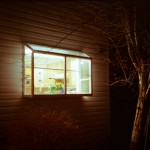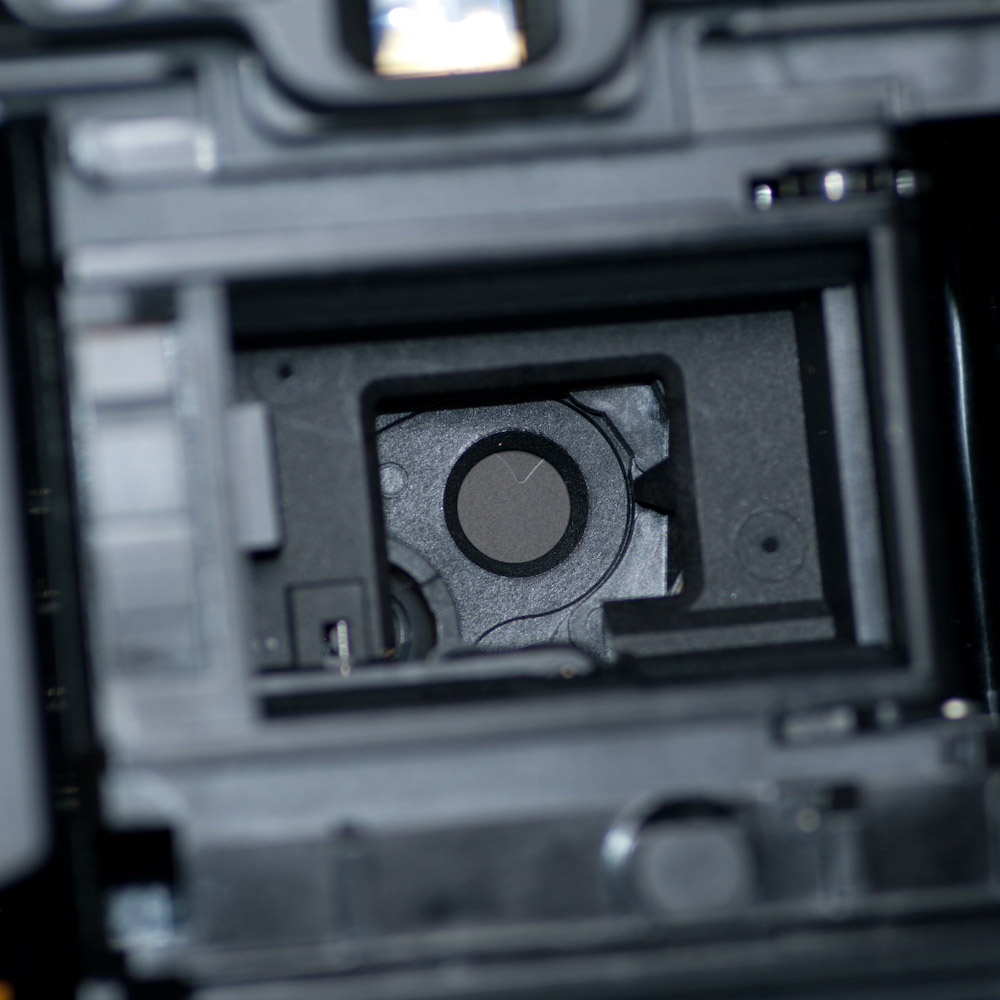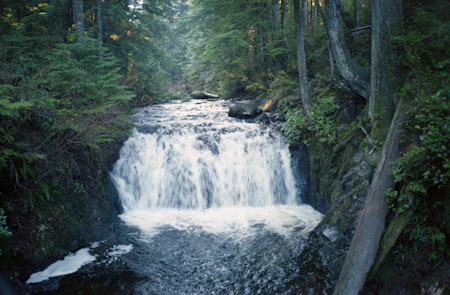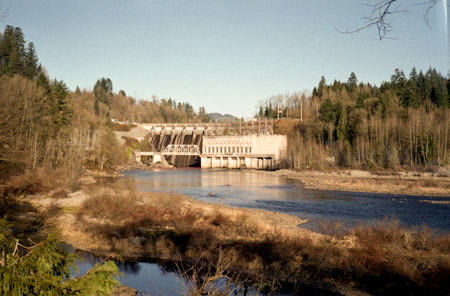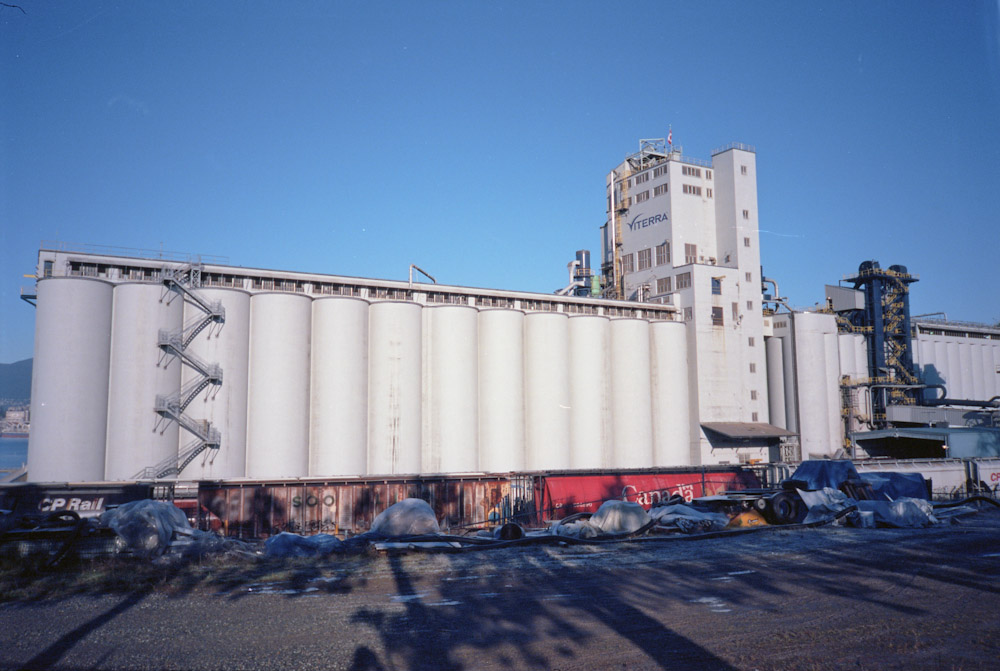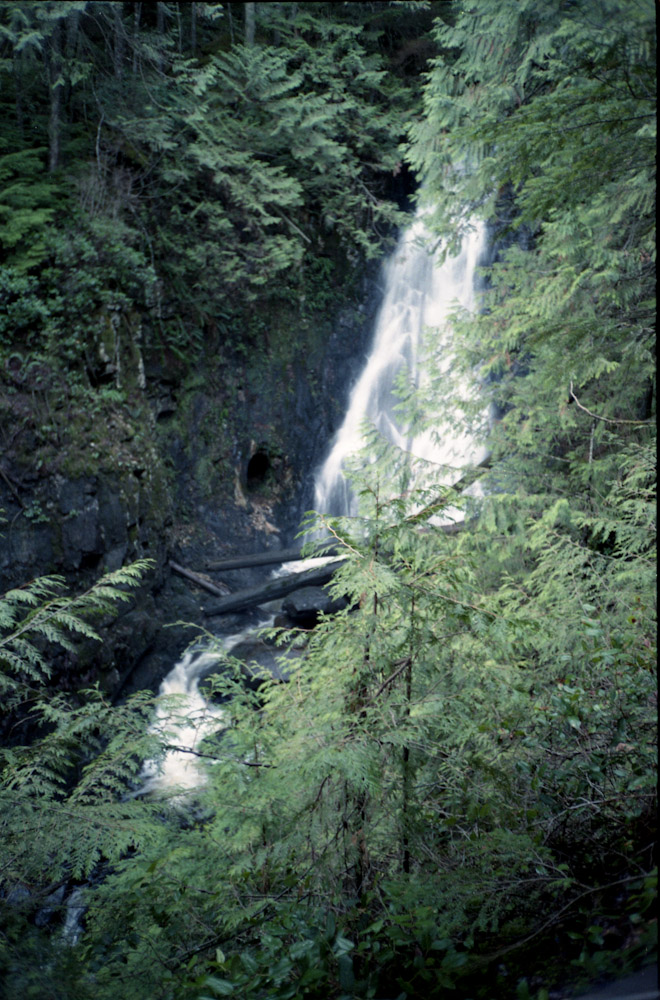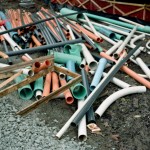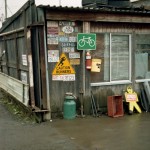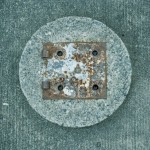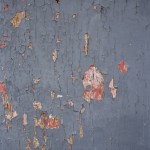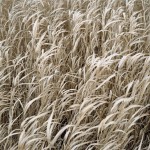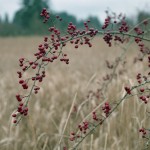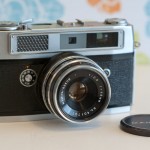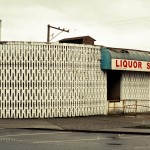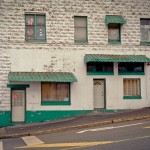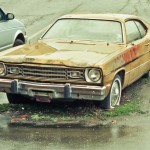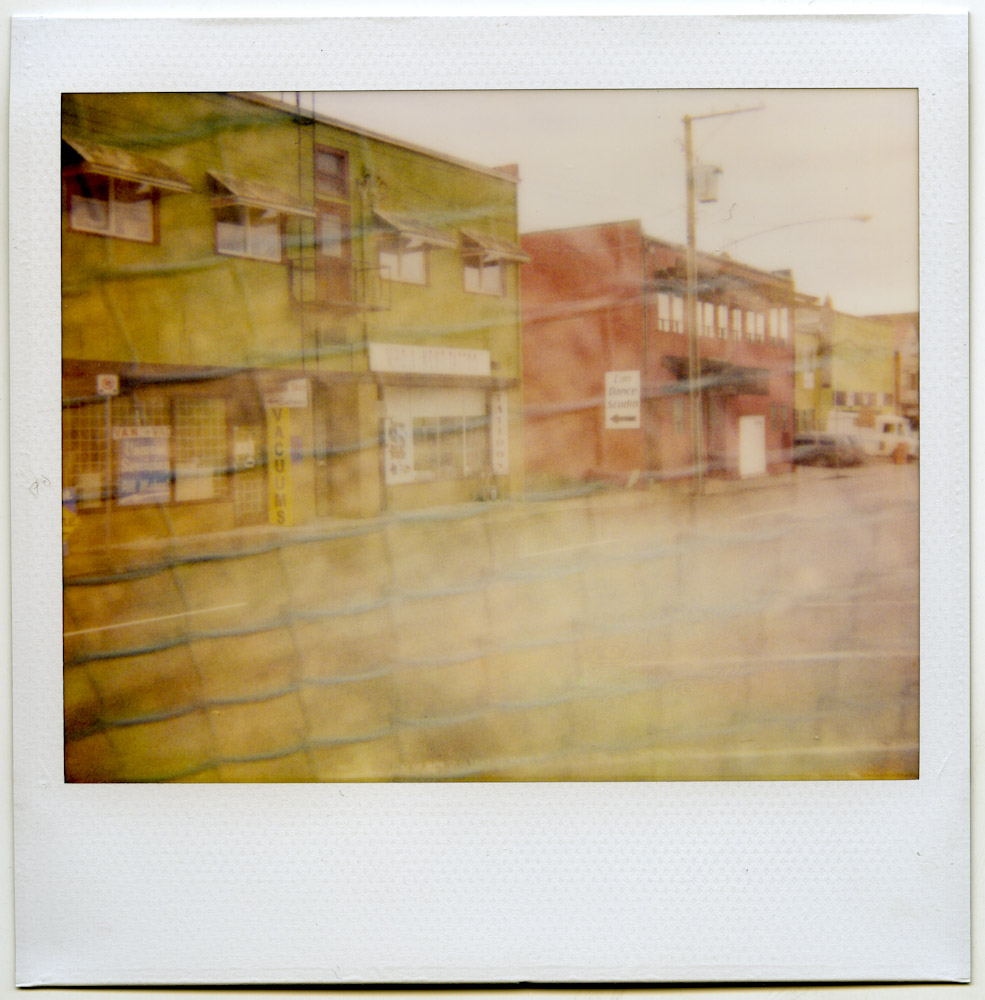Leica Mini Shots
As I’ve posted before I like the Leica Mini finding it does a great job as a point and shoot. I unfortunately used some pretty poor film in it this last time and didn’t really end up with too many keepers. These four shots are my favorites and stand out from the rest mostly because they turned out. Note to self outdated Kodak 400 is to be avoided.
Fragment
While scanning some old negatives I came across a fragment of a contact print I would have done as a teenager. When I was in my late teens I converted my parents camper into a dark room. It took quite a bit of effort to get it dark enough that I could do colour prints from slides. Without running water I used a large 5 gallon jug with a spout as my water source. I also repourposed a heater from an aquarium to keep a constant temperature for my liquids and measured the temperature with a thermometer for wine making. Looking back it was a lot of effort but also a wonderful experience. I printed both black and white and later the more demanding colour Type R process. Type R was a way of printing directly from a positive slide to a positive print without the need for an inter-negative. I loved the black borders this gave my images. These papers are no longer made so this process is no longer possible, but printing from a scanned slide now produces equally as good results with a lot less effort.
You can see on the right side of this 8×10″ Type R print the two holes from the clip I used to hang it to dry.
Fuji DL-500 Wide
There’s so much silk screening on this camera I can hardly determine what to call it. “Fuji DL-500 WIDE Panorama” “Fuji mini wide” It is however the DL-500. The most unique feature of this camera is that it has two focal lengths 28mm and 45mm, not something in between. This arrangement is made by swinging an additional lens element internally into the light path and repositioning the lens at the same time. A button on the top of the camera toggles between the two focal lengths. Additionally the viewfinder magnification changes to give an equivalent view for the selected focal length.
With the camera set to 28mm the secondary lens element can be seen hidden away in the bottom left corner just beneath the shutter.
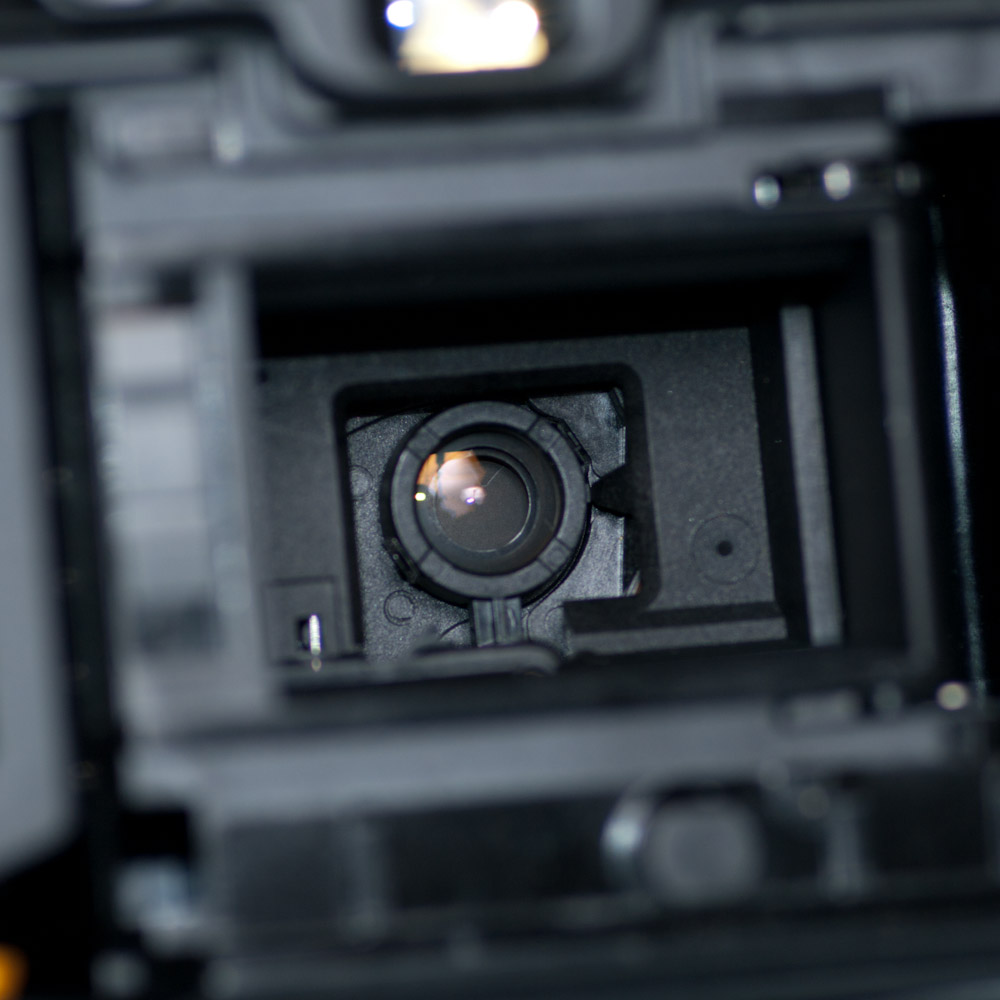 Here you can see the camera now set to 45mm with the additional lens element swung into place.
Here you can see the camera now set to 45mm with the additional lens element swung into place.
Samples of the two focal lengths.
I was initially pretty excited by the prospect of this camera because of the wide 28mm focal length, there are very few 35mm film point and shoots that have lenses this wide. But the image quality of the lens in either focal length is not particularly good. The images are quite soft and there is a great amount of vignetting especially with the 28mm setting. That said though it is compact, light weight and 28mm.
Two more quick notes about this camera. It requires two batteries to operate. A CR123A 3V lithium battery but also a CR2025 that is located inside the back of the camera. Both are required unlike some cameras that use the smaller battery just for date imprint functions. Also in order to set the mask for panorama images you need to open the back and make that change inside the camera, for obvious reasons you can only do this before you start shooting. I may give this camera another try in the future but if I do I will try closer distances and see if that makes a difference in the images, street photography perhaps.
Pentax K-01 and Pentax MV “point and shoot?”
This morning Pentax has released a new camera the K-01 which is the first “mirrorless” camera that takes full size DSLR lenses without an adapter. One thing about this camera that is sure to draw controversy is the fact that it has no viewfinder. It relys solely on its 3″ rear LCD for image composition, this is a foreign concept for many people. Essentially the camera will be held with two hands out in front of your face, very much like a point and shoot. Having used both types of cameras for at least the last 8 years I can say that the usage is so different that many current DSLR users will not be willing to use this camera because of it’s lack of a viewfinder. That said when you are comfortable with that method of shooting it seems quite natural.
On the what’s different side Pentax has added the ability to shoot in multiple aspect ratios at the time of capture rather than needing to compose with a future crop in mind. The available ratios are (4:3, 3:2, 16:9 and 1:1) . I like this idea very much as I do like to compose mainly on the spot.
Here is the link to Pentax Canada’s information for the K-01 http://pentaxcanada.ca/en/digital_slr/K-01/
Did I mention it comes in yellow! 
and now for the rest of the original post……
While the Pentax MV is an SLR with a mirror and the ability to change lenses it really performs like a manual focus point and shoot. What I mean by this is that there is little user control. Yes you set the aperture and it selects the shutter speed but beyond that you must rely on the camera to get the exposure correct. For most of this roll of film I mounted the Pentax SMC A 40mm pancake lens which together with the body makes a very compact camera all things considered.
I used outdated film and got what I deserved but converting it to B&W gave me some results that I’m happy with.
Winter Shooting (Yashica 35 GX images)
It becomes a bit more difficult to find subject matter during that time of year when everything is brown and drab. But rather than giving up or fruitlessly looking for what isn’t there I think you should embrace the winterlude and look to new subjects. Your images may not be as pretty but they could be as good. Where in the spring you might take a grand sweeping landscape shot now maybe you notice that one last leaf hanging on, or maybe you can take a moment longer on a composition. Some subjects such as industrial and city shots might better suit the winter or evoke a different feeling that you could not get on a bright spring day. In fact the extra challenge of finding subjects can help to make you a better photographer. I’m looking forward to taking some photographs in the snow but I’m not waiting for it. Of course this isn’t the same across the globe and I feel fortunate to have distinct seasons even if it can be cold sometimes.
UPDATE : Sometimes I write something and it gets pushed back for some reason and that’s the case here. Since I wrote this post it has most definitely snowed and is now melting.
Mamiya Ruby Rangefinder
Not to be confused with shooting a Red Rider BB gun. When you use a lot of older rangefinder cameras they do seem to meld into one after awhile. After all the form did not change in any great amount for decades and they were manufactured by many more camera companies than exist today. So it’s difficult to really see something that makes one stand out from the pack, you may be thinking OK what makes this one stand out Wallace, and the answer is nothing particularly. Produced in 1959 It has a 48mm f 2.8 lens certainly not the fastest, and a selenium cell metering system that is not coupled. The aperture, shutter and focus are all nicely built with smooth precise movements. Even the film advance has a wonderful ratcheting sound that reinforced the quality of the camera. So while it doesn’t stand out from the pack it certainly is nicely built and operates accordingly 

These sample shots were done on a wet overcast day using Kodak Ektar 100 I’ve played around with the colour extensively which is possible with the amount of raw information recorded with that film. It really produces scans that can be manipulated much like a digital capture. Update I almost forgot to mention this roll of film was saved after the film leader was sucked back inside by my Fuji DL500 which is another story altogether. Thanks Duncan from Lens and Shutter for pulling the end back out without anyone having to resort to inserting wet film to grab it.
Film preset for Lightroom
All of these shots except the apple were done with the Pentax SMC A 28mm lens on the Pentax K10D. For the apple I used the SMC A 70-210 F4. The 28mm on my APSC cameras gives an equivalent field of view as a 42mm lens would on 35mm film, which lies somewhere between the 35mm of many film point and shoots and the 50mm “normal” prime that came with many film SLR’s. Once in lightroom I played around with the images trying to get a film like look based on other shots I took that day with the Pentax MV and 400 ISO film. Between using the older glass and the processing I think I created images that look like they could have come from a film point and shoot camera which was my intent. The preset can be downloaded by right clicking on the link and selecting save as. Wkoopmans Colour Film P&S template One of the problems with creating this preset is adding the grain. Lightroom added the ability to introduce grain to an image with Lightroom 3 but it is a simple solution that works best with black and white film. The grain of colour film is more complex with different amounts of colour mottling that Lightroom has no answer for.


